
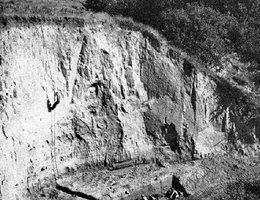
9000 to 7000 Years Ago: Nebraska’s First People
The objects from this site were made by some of Nebraska’s first known people: the Paleo-Indian people.
The site is located in southern Nebraska’s Frontier County. Learn more about them in the Activities and Resources.
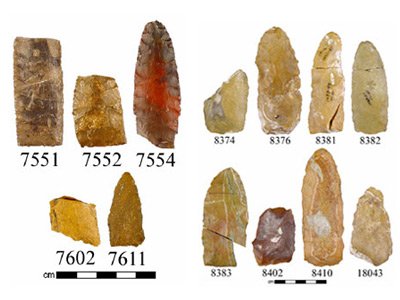
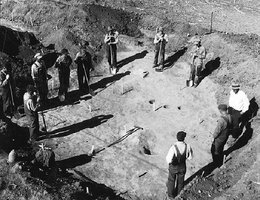

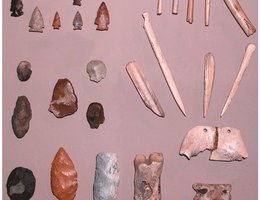
2000 to 1500 Years Ago: Ancient Pottery
Ancient pottery intrigues us. The shapes and sizes tell us about the people who formed the pots and about their daily lives: fetching water, cooking dinner, storing food for the long winter.In this archaeological site, some of the earliest pottery in Nebraska has been found. In the Teacher Activities below, learn how archaeologists used the fragments of these ancient objects to understand the lives of people in central Nebraska’s Valley County some 2000 to 1500 years ago.
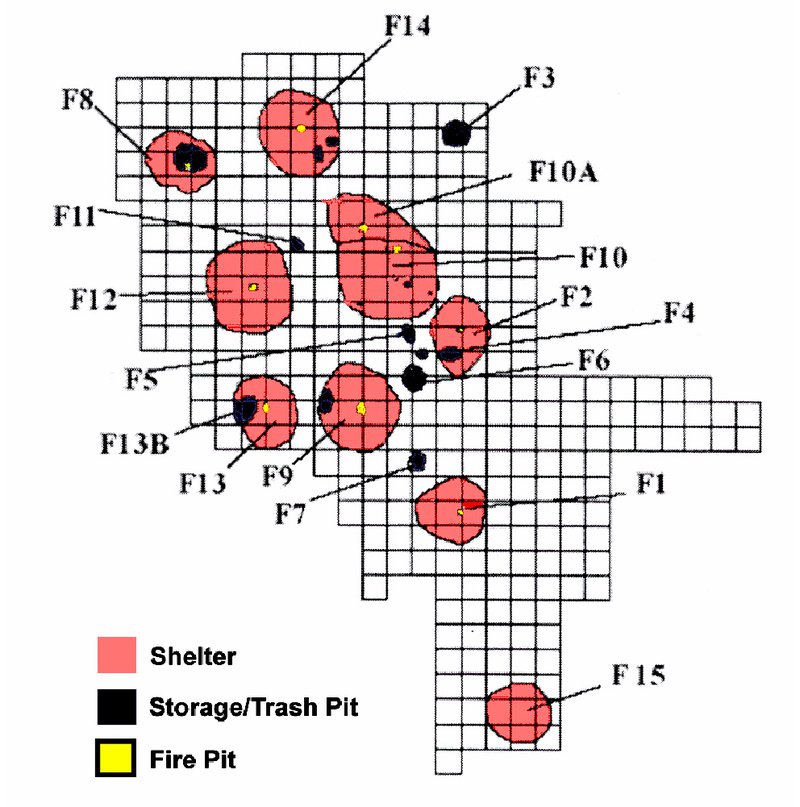
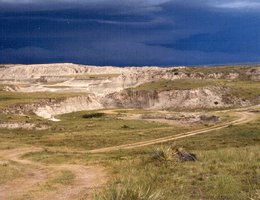
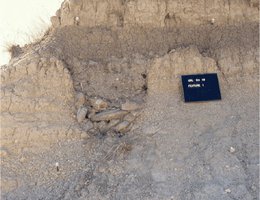
1800 to 1100 Years Ago: Life on the Prairies
Out on the prairies of Western Nebraska, nearly 1,800 to 1,200 years ago, the land was wetter.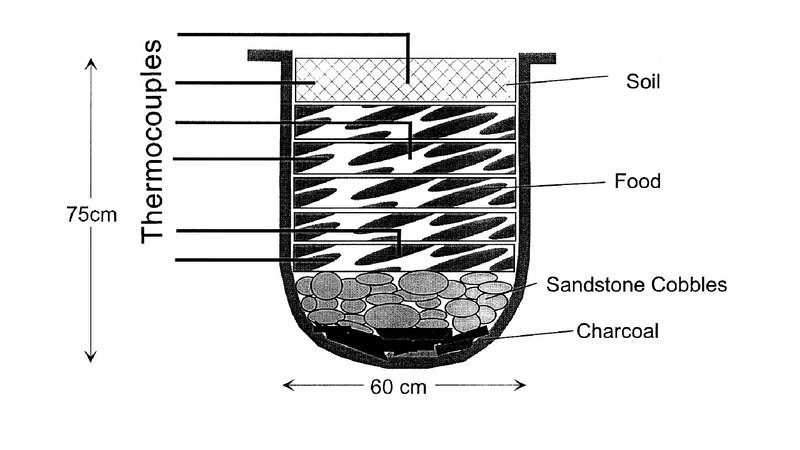
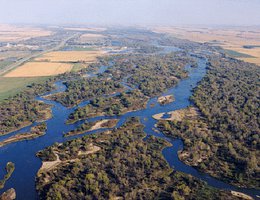
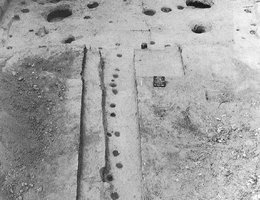
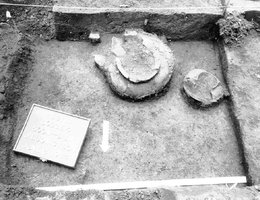
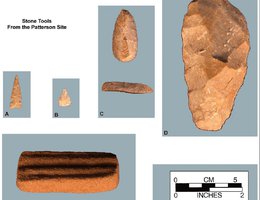
1000 to 600 Years Ago: Farm Families
In east central Nebraska’s Sarpy County, some of Nebraska’s ancient farming families made their home.In the Activities and Lesson Plans, students will study the remains of their houses and the objects they used. They will learn to study these ancient objects to understand the daily lives of ancient families.
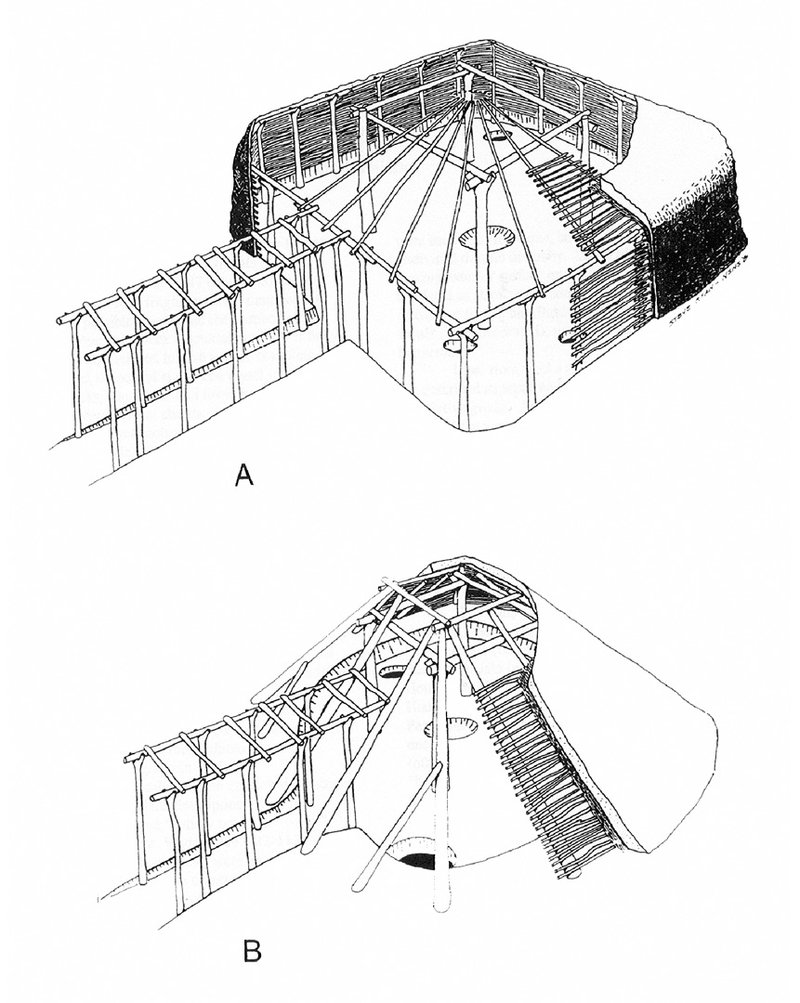
New Lesson Plans coming soon.